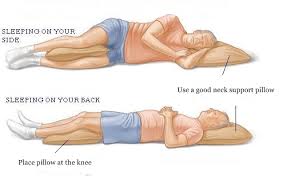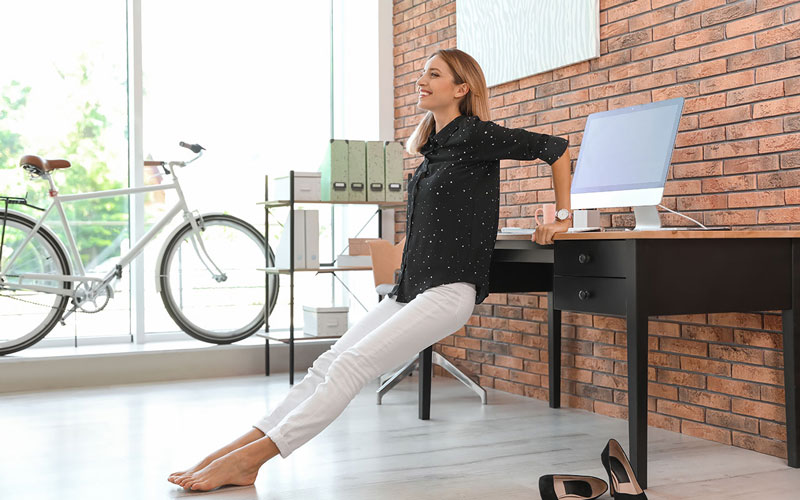Sleeping Postures

Sleep is a natural process that helps the body to rejuvenate and restore biological functions both at the physiological and psychological level. Sleeping reduces the fatigue and helps the brain to organise the memories that occurred at different events throughout the day. An ideal sleep is considered between 6 to 7 hours, however, some may require more sleep depending on the body. It is not just the amount of time you sleep, but the quality of sleep as well. Even 8 hours of sleep fares no benefit to the body if you wake up multiple times in your sleep. It is important to understand the way you sleep and the environment around you during your sleep.
Sleeping positions
Everyone sleeps in their preferred sleeping positions. However, bad sleeping position not only affects your health, but your physique as well. Sleeping in the wrong position can affect your spine in long term as the person sleeps consistently for hours in the same position. Let’s take a look at some of the bad sleeping positions that can lead to spinal problems:
- On the stomach: This is possibly the worst sleeping position as it put lots of stress on your spine. Lying on stomach naturally makes your neck forced to bend on either side, hence, spinal portion near the neck can deform in the long term. Changing the position can reduce the effects, but it is important to develop a habit to see the benefits.
- Fetal position: This position is rightly named after the fetus natural position in the women’s womb. However, fetus spines are not fully developed, putting no stress to the spines, whereas adults have fully developed spine, causing lot of stress especially in the lower spine in this position.
- On the sides: This is in fact a beneficial position in many ways, but it also has its own disadvantages, the one being the blood circulation issues. It also affects the organs depending on the left or right side of the sleeping position.
Improving sleeping habits
- Try to place a pillow or soft cushion in between the legs to allow less stress on the spines. Placing the pillow aligns your hips improving spinal symmetry.
- People sleeping on the back must regularly change their sleeping position on both the sides in order to reduce the effects of apnea.
- Lying in the supine position is normally the best position, but also causes sleep apnea and high blood pressure. Hence if you are not suffering from apnea then try to put a pillow under the knees to completely align spine
Each sleeping position has their own set of advantages and disadvantages, so try to sleep in a different position and never remain consistent with one position during the entirety of sleep.










